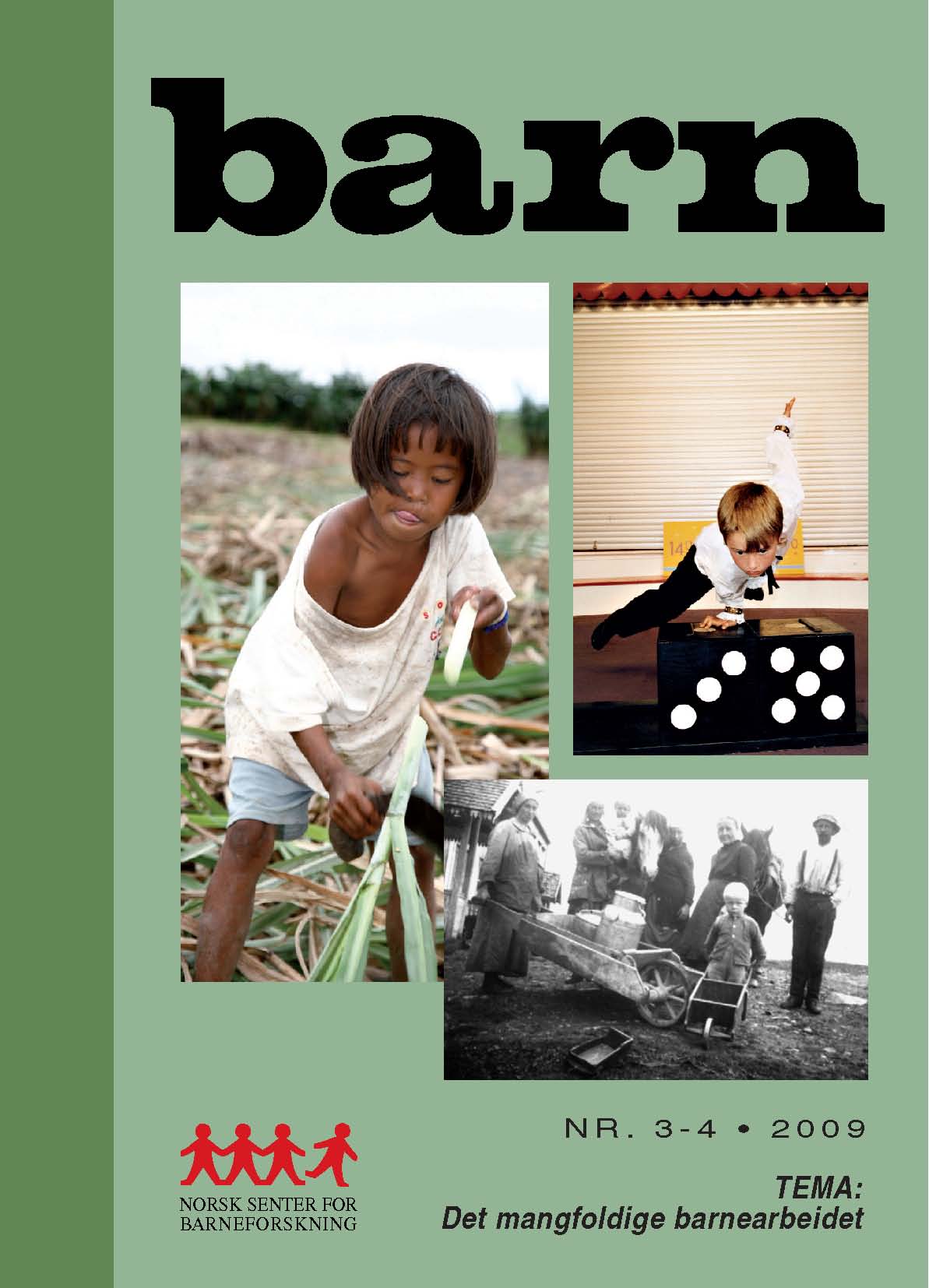Child and Youth Labour in Eastern Cape Agriculture: Wool farming and changing labour relations, c. 1900–1960
Abstract
This article deals with child and youth labour in the Eastern Cape region in South Africa during the first half of the 20th century. The region was dominated by wool farming and a great deal of the child labour was in the form of shepherding. As farming activities became
more mechanized and capitalized during the first decades of the century, the labour organization changed from various tenancy relations to cash wage labour, while at the same time the demand on shepherds decreased. These developments seem to have been one cause for permanent migration from the farms, which farmers tried to stop by building schools for the children of labourers on the farms. A central factor in this process was the expansion of capital in the Cape, where the British textile industry was an important actor.
Full text
Published
How to Cite
Issue
Section
License
Copyright (c) 2021 Fredrik Lilja

This work is licensed under a Creative Commons Attribution 4.0 International License.


